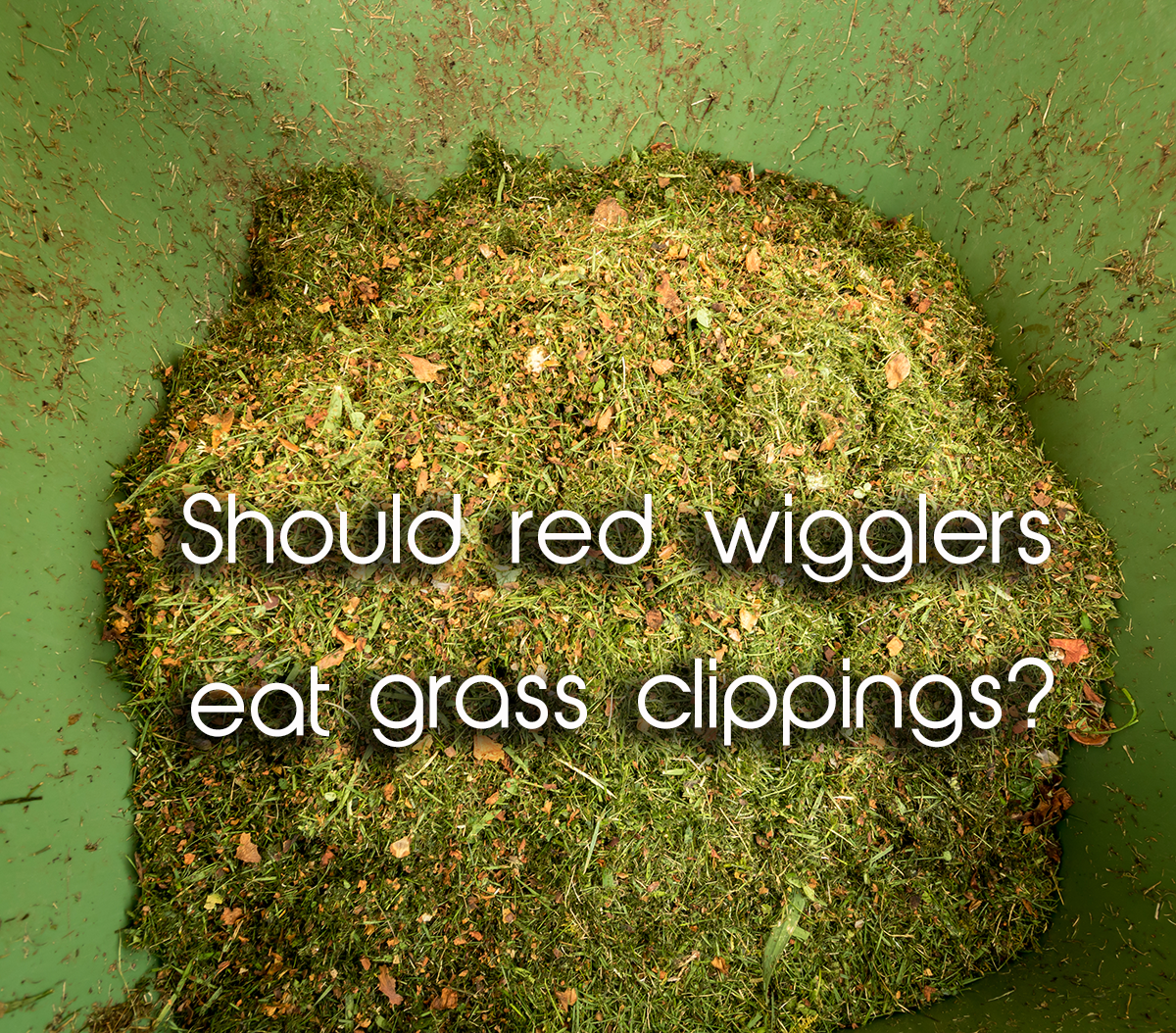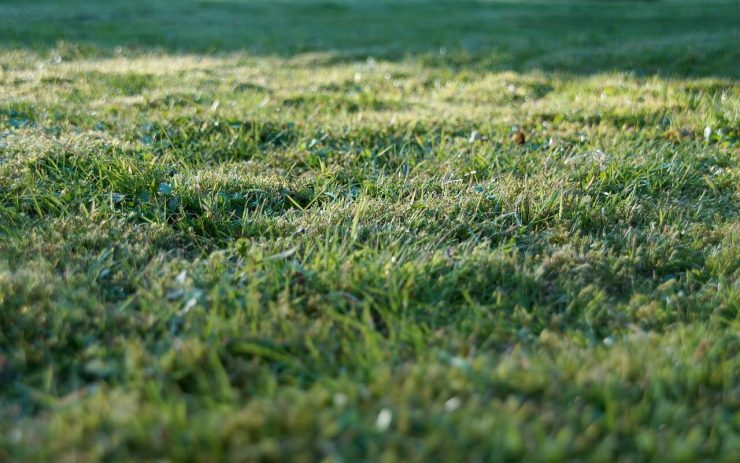Featured
Table of Contents
Discover More About Tree
People worried about look can choose a mulching mower, he recommended, as those cut grass carefully. Still, lawn cut with a rotary lawn mower won't stick around for long."Turf clippings are made of extremely soft tissue that breaks down quickly," Mann said. While letting turf clippings lie is best, there are 2 factors you may wish to recover them.
Second, never let yard clippings blow into roadways or pathways, since healthy or not the turf blades high in nutrients can trigger issues for sewers and waterways. Here are a few other tips for mowing your yard the very best way: "The sharpness of the blade is critical," Mann said. Individuals mowing with a dull blade are shredding their lawn instead of effectively sufficing, which leaves area for fungis to attack.
In some cases, it can trigger yard to pass away. Altering the lawn mower blade or honing it when a year can prevent that. The majority of yard varieties across the country flourish at 2.5 to 3 inches, but some, such as those in Florida, might like to be cut shorter or taller, Mann said. If you're uncertain of how long to leave your yard, consult a landscape specialist about what ranges of grass are growing in your yard.
This details was assembled by Anoka County. For extra recyclers in your area, search online. Any recycler wishing to be contributed to this list might get in touch with recycle@co.anoka.mn.us!.?.!. The details provided in this directory is put together as a service to homeowners. A listing in this directory does not imply recommendation or approval by Anoka County.
My boy has actually been attempting to construct of 3 big stacks of yard included by plastic fencing. With all the rain we have actually had, the piles have actually ended up being damp, compacted, thick and really heavy. What can be done to make these piles more efficient at breaking down? They have been turned, but we recently included a lot of grassand that plus the rain has made things a compressed mess.
That should be truly great for the garden ... no?-- Elizabeth in North Plainfield, New Jersey "No" is correct, Elizabeth. 'Green manure' is a crop that you grow to rake into the ground as living fertilizer. What your boy has is simply a huge green smelly mess. (Really, 3 big green stinky messes.) This is a typical mistake for rookie composters, particularly in the summer season, when turf clippings are plentiful.
Those clippings are REALLY high in Nitrogenabout 10%. That's practically the same level you 'd discover in truly HOT manures, like bat and bird guano. In the easiest sense, these Nitrogen abundant components do not end up being the compost in a stack; instead they supply food for the billions of little microorganisms that sustain the process of turning the other stuffthe so-called 'dry browns' that should make up a minimum of 80% of a pileinto the garden gold our plants so yearn for.
Read More About Diy
The advantage of adding things like lettuce leaves, apple cores and broccoli stalks to a compost heap or is mostly in the soothing of your recycling conscience, not in their capability to develop high quality garden compost. Now you can utilize clippings to make excellent garden compost, however to do so you have to blend percentages of well-shredded grass clippings in with big quantities of well-shredded leaves.
(The best compost heap follow the Goldilocks rule: Not too damp and not too dry. Great deals of air flow too. I understand, Goldilocks didn't mention airflow. But she ought to have.) Anyway, the result of such a worthy business is the evasive, much popular garden amendment known as "hot garden compost". Garden compost that formulate rapidly with the help of a natural source of high Nitrogen is much better food for your plants and provides far more life for your soil.
And it's the very best kind for making garden compost tea. "Cold compost"the stuff that results when you simply pile a great deal of things up, wish for the best and actually get some ended up product after a year or socan be a good plant food and soil improver, however hot garden compost is BETTER.

I fear that your huge stacks of slimy wet turf clippings will not improve one bit with the passage of time. Simply the opposite in reality. Ah, but your timing is good to get it right, as we are quick approaching fall leaf fall. Let lots of leaves gather on the yard during a drought (do not let damp leaves accumulate), go over them with a lawn mower, bag up what ought to be a perfect mix of great deals of wonderfully shredded leaves and a small amount of well-shredded lawn and then empty this mix into a big wire cage, a slatted wooden bin, a or something else to hold it all in place good and neat.
(People who tell you to 'layer' the active ingredients in a compost stack failed physics.) Yes, this will only utilize a small percentage of the clippings generated by the average yard, which's an excellent thing. Due to the fact that beyond that autumn leaf drop window, you should NOT be bagging your grass clippings.
I utilize "quotes" since there's no 'mulch' of any kind included here. A poor name for an exceptional instrument of sustainability, mulching lawn mowers pulverize clippings into a nearly undetectable powder that they then go back to your yard. A powder that's 10% Nitrogen; about as high a natural number as you can get.
DON'T use any clippings from an herbicide-treated yard in a garden compost pile. Some of the potent chemicals in use today can endure even hot composting and might eliminate any plants that get the garden compost later. Oh, and stop using that harmful things too!!!.
Read More About Soil
The Department of Public Functions provides core civil services for the security and convenience of the residents of Dayton. These important services-- including Civil Engineering, Fleet Management, Parks and Forestry, Street Upkeep, and Waste Collection-- all improve Dayton's lifestyle. Click one of the links to the delegated explore highlighted services supplied by Public Works.

What can I state? Turf clippings are invaluable to composting. However you need to learn how to do it properly so both your lawn and compost bin enjoy! The majority of homeowners rapidly understand that their garden compost bin or system can not manage all that turf! The following information will assist you to much better understand how to recycle those turf clippings.
So, let's begin there. Forget those long-held beliefs that yard clippings left on a yard smother the turf underneath or trigger thatch. Lawn clippings are in fact great for the yard. From now on, don't bag your lawn clippings: "yard cycle" them. Grasscycling is a simple, easy chance for every single homeowner to do something great for the environment.
And the finest part is, it takes less energy and time than bagging and dragging that yard to the curb. Like the fellow in the image to the left, you might even take your yard clippings out for a Sunday bike flight; now that's grasscycling taken to the severe! Grasscycling, in other words, is the practice of leaving lawn clippings on the lawn or using them as mulch.
Turf clippings include water-saving mulch and motivate natural soil aeration by earthworms. No bagging or raking the lawn (Whew!) Plastic lawn bags do not wind up in the land fill 50% of your lawn's fertilizer requirements are fulfilled, so you decrease time and money invested fertilizing Less contaminating: decreases the requirement for fertilizer, pesticides and herbicides Non-thatch triggering, therefore making a lawn energetic and durable Makes you feel great and green all over! Yahoozy! Not only does it make looking after your yard easier, however grasscycling can likewise lower your mowing time by 50% since you don't need to get later on.
To grasscycle appropriately, cut the grass when it's dry and always keep your mower blades sharp. Get rid of no greater than 1/3 of the leaf area with each mowing. Cut when the lawn is dry. Use a sharp mower blade. A dull lawn mower blade bruises and tears the yard plant, leading to a ragged, ruined appearance at the leaf pointer.
In the spring, rent an aerator which removes cores of soil from the yard. This opens the soil and allows higher movement of water, fertilizer, and air by increasing the speed of decomposition of the lawn clippings and improving deep root development. Water completely when needed. Throughout the driest duration of summer, yards need a minimum of one inch of water every 5 to six days.
Learn More About Tomatoes
Grass clippings, being primarily water and extremely rich in nitrogen, are troublesome in garden compost bins since they tend to compact, increasing the chance of ending up being soggy and releasing a strong ammonia-like odor. Follow these suggestions for composting this valuable "green", thereby decreasing smell and matting, and increasing fast decay:, intermixed in a 2-to-1 ratio with "brown" products such as dry leaves or plant particles (saving/bagging Fall's leaves is best for Spring/Summer lawn composting). That's approximately seven hours per season. Heck, that's a day at the beach!. No unique mower is required. For best results, keep the lawn mower blade sharp and cut just when the lawn is dry. When clippings decay, they release their nutrients back to the yard. They consist of nitrogen, potassium and phosphorus, along with lesser amounts of other important plant nutrients.
There's no contaminating run-off, no usage of non-renewable resources and no damage to soil organisms or wildlife. The expense of trucking lawn clippings to land fill sites comes out of citizens' taxes. This is an inefficient practice: all those nutrient-rich clippings might be fertilizing people's lawns, consequently conserving money on fertilizers and water costs.
Grasscycling is a responsible environmental practice and an opportunity for all homeowners to minimize their waste. And the finest part is, it takes less energy and time than bagging and dragging that turf to the curb. Today, 58 million Americans invest around $30 billion every year to preserve over 23 million acres of yard.
The same size plot of land could still have a small yard for entertainment, plus produce all of the veggies required to feed a household of 6. The yards in the United States consume around 270 billion gallons of water a week: enough to water 81 million acres of natural veggies, all summertime long.
farmland, or roughly the size of the state of Indiana. Yards utilize 10 times as lots of chemicals per acre as commercial farmland. These pesticides, fertilizers, and herbicides run into our groundwater and vaporize into our air, triggering extensive contamination and global warming, and considerably increasing our threat of cancer, heart problem, and birth defects.
In truth, lawns utilize more equipment, labor, fuel, and agricultural toxic substances than commercial farming, making yards the largest farming sector in the United States. However it's not just the residential yards that are squandered on grass. There are around 700,000 athletic grounds and 14,500 golf courses in the United States, a number of which utilized to be fertile, efficient farmland that was lost to designers when the local markets bottomed out.
To cut appropriately, a number of problems need to be thought about: height, frequency, clipping removal, and blade sharpness. The chart listed below identifies the most common ranges of turfgrass grown in backyards, and the height to set your mower. Check out the ideas below for additional instructions. Kentucky Bluegrass 2.5-3.5" 4" Fine/Tall Fescue 2.5-3.5" 4" Seasonal Ryegrass 2.5-3" 4" Bermudagrass.5-1" 2" Zoysia.5-1" 2": Under many scenarios, yards ought to be trimmed at 2.5-3-inches.
Latest Posts
The Best Type Of Insulation For Soundproofing: How To Stop Noise From Entering Or Leaving Your Home
Learn More About Tree
Discover More About Houseplants